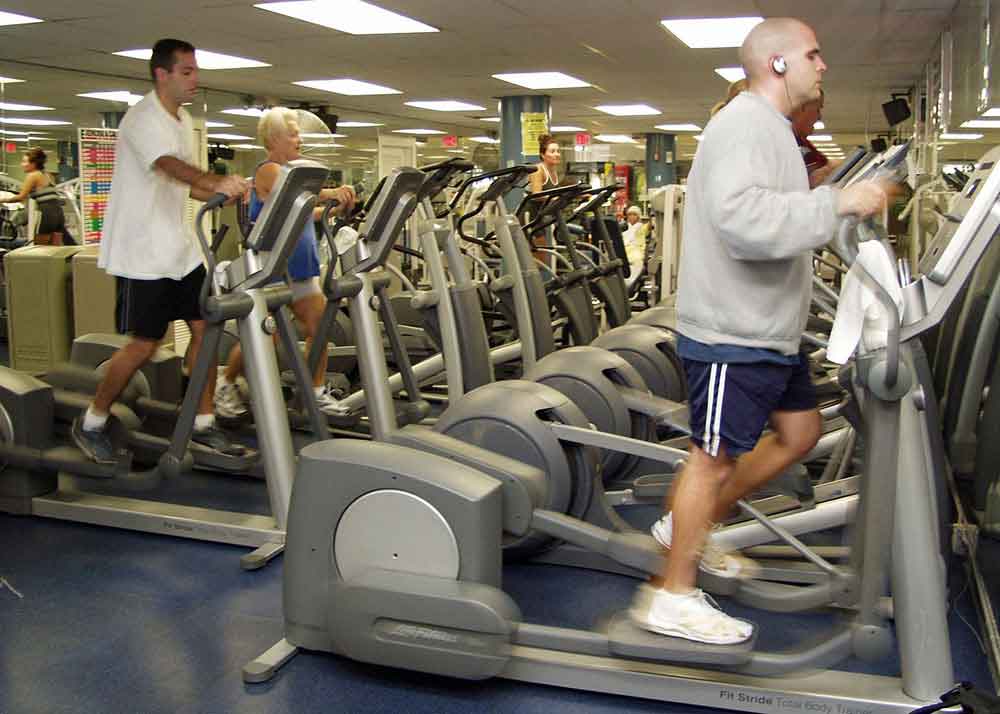Physical activity improved prognosis in prostate cancer
Physical activity improved prognosis in prostate cancer
18 Apr 2016Prostate cancer patients and survivors who maintain a moderate to high level of physical activity may improve their survival prognosis, according to research.
“Our results support evidence that prostate cancer survivors should adhere to physical activity guidelines, and suggest that physicians should consider promoting a physically active lifestyle to their prostate cancer patients,” said lead author Ying Wang, PhD, senior epidemiologist in the Epidemiology Research Program at the American Cancer Society in Atlanta.
Previous research has indicated that vigorous physical exercise could reduce the risk of prostate cancer specific mortality (PCSM).
Evaluating data from more than 10,000 men
Wang said this study showed that the reduced risk of PCSM is associated with moderate to vigorous activity both before and after prostate cancer diagnosis. Additionally, Wang’s study evaluated the impact of “sitting time,” which includes sedentary activities such as sitting or driving in vehicles, watching TV, and reading and found that it was not associated with PCSM.
Wang and colleagues evaluated data from 10,067 men who were part of the Cancer Prevention Study 2 Nutrition Cohort. All the men had been diagnosed with non-metastatic prostate cancer between the time they were enrolled in the cohort (1992 or 1993) and June 2011. Ages at the time of diagnosis ranged from 50 to 93. During the study period, 600 men died of prostate cancer.
The men reported the amount of time they spent engaged in recreational physical activity and the amount of time spent sitting. Physical activity included walking, dancing, bicycling, aerobics, jogging or running, lap swimming, tennis, or racquetball. The researchers calculated metabolic equivalent (MET) hours per week of activity based on the men’s reporting. Researchers evaluated the men’s activity both before and after receiving a diagnosis of prostate cancer, and found similar benefits.

Physical activity lowered the risk of prostate cancer specific mortality
After controlling for multiple factors including age at diagnosis, those who exercised for 17.5 or more MET hours per week (equivalent to twice the minimum of physical activity recommendations) before receiving their diagnosis had a 30% lower risk of PCSM compared with those who exercised for fewer than 3.5 MET hours per week (equivalent to less than one hour of moderately-paced walking per week).
When evaluating post-diagnostic recreational physical activity, researchers found that the men who exercised the most had a 34% lower risk of dying of the disease than those who exercised the least. Additionally, the patients benefited whether they were maintaining physical activity or increasing their pre-diagnosis activity level after receiving a diagnosis of prostate cancer.
“The American Cancer Society recommends adults engage in a minimum of 150 minutes of moderate or 75 minutes of vigorous physical activity per week. These results indicate that following these guidelines might be associated with better prognosis,” Wang said. She added that further research could determine whether the results differ by age at diagnosis, body mass index, or smoking.
Walking as a form of physical activity
Wang and her colleagues also looked at the benefit of walking as the only form of physical activity, since about 40% of patients in the study said walking was the only form of recreational physical activity they did.
Walking for four to six hours per week before diagnosis was associated with a 33% lower risk of PCSM, and walking for seven or more hours per week was associated with a 37% lower risk. No statistically significant association was observed with walking after diagnosis.
Wang said a limitation of the study is that subjects reported their own physical activity and sitting time data. Any self-reported data is subject to errors in reporting and recall.
Also, this study did not separately investigate the impact of vigorous exercise, although other research has suggested that vigorous exercise is associated with lower risk of PCSM.
Source: eCancer News